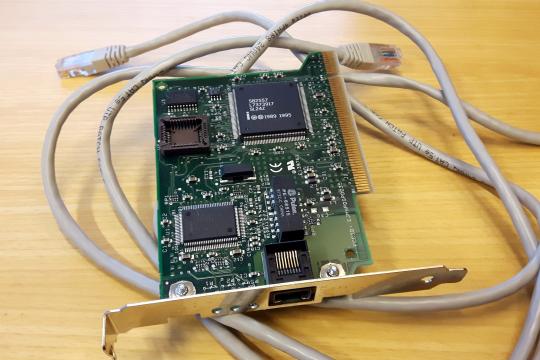1000 times too slow

Helsinki University has outsourced parts of its IT infrastructure to Microsoft. Even if outsourcing is cheaper in the short term than generating equivalent services locally, the net effect is likely negative due to the lost jobs, know how and independence. It doesn’t need a conspiracy to explain this self-destructive behavior, just bad decision criteria, which do not include long term and externalized costs.
In its push to upgrade to newer Windows versions, Microsoft ended extended support for Windows XP on April 8, 2014 and the university obeyed by denying network access to XP machines. The argument was that XP was becoming a security risk. At the same time, Windows XP accounted still for about 20% of all Windows installations on this planet (https://www.statista.com/statistics/218089/global-market-share-of-window...). Even in October 2015, well above 100 Million computers did still run Windows XP (https://en.wikipedia.org/wiki/Usage_share_of_operating_systems and https://www.statista.com/statistics/218089/global-market-share-of-window...) without any catastrophic consequences.
The ban of Windows XP was a problem, since four of our devices, that we need for research, are still running Windows XP. And there is no way to upgrade the OS without upgrading the equipment (which would cost thousands or tens of thousands of Euros and therefore is mostly impossible in the present tight financial situation of the university). And of course, the software that is needed to operate the devices is not compatible with Windows 7. As a consequence, we can neither remotely operate this machinery nor do automated backups. Even taking the data for analysis to another computer requires the Adidas network.
I had contacted IT support well before the extended support of Windows XP ended and asked them to find a solution. Apparently there were different possible solutions and IT support did start to implement them, but because of personnel fluctuations, the project had to be “restarted” several times and different support professionals had different opinions on how to solve this problem. With the big “fire and hire” action at the university, the whole project disintegrated again. This autumn I again discussed our needs with the IT staff, but did not receive any concrete help so far.
This Tuesday, I finally wanted to know how difficult it really is to connect a Windows XP machine to the network in a way that would not compromise security, but enable file distribution, backup and remote control. I went to the Institute’s garbage place where broken electronic equipment is gathered and took three old 10/100 NICs and a few ethernet cables. One card and one cable were still functioning and I dropped the NIC into a Ubuntu 16.04 computer and connected it via ethernet cable to one of the XP machines.
After manually assigning an IP to the NIC and installing samba onto the Ubuntu machine, I was able to mount the samba share as a drive on the Windows XP machine. Then I just made the samba share available via a web page. All this took about one hour. Not being an IT professional, I spend maybe an additional three hours researching how to do it (samba setup, apache setup, configuration of a secondary NIC, which is not automatic on Ubuntu). This setup fulfills all of our requirements, didn’t cost anything and was implemented within one day.
A write-up of the technical details will follow once I get around documenting what I did. Agility is perhaps what is mostly missing when I look at many of our university’s IT projects. Notably I think of switching to Drupal as content management system for the university's web pages. Sadly, our faculty is still using Dreamweaver to create its web presence and as a consequence many web pages are never updated.



